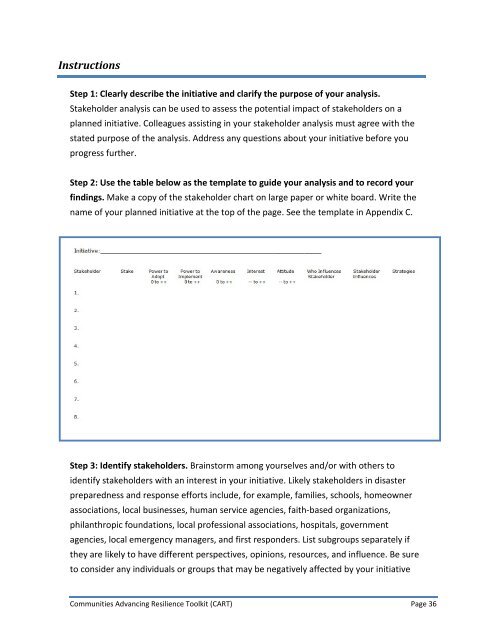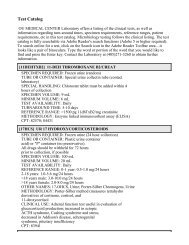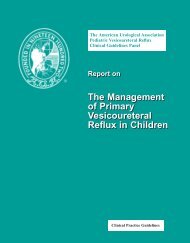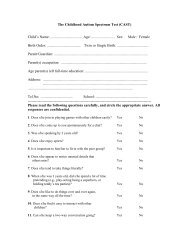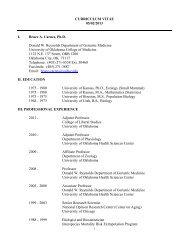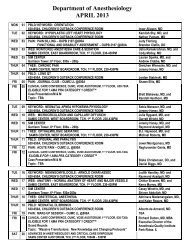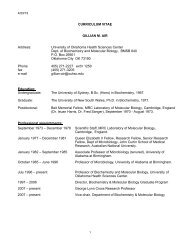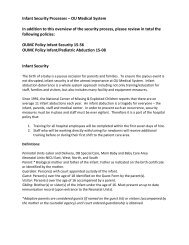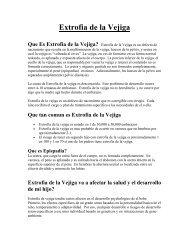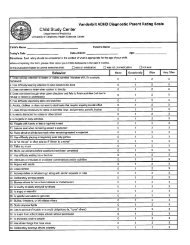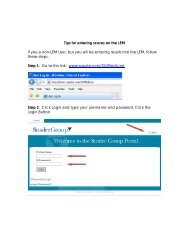Communities Advancing Resilience Toolkit (CART ... - OU Medicine
Communities Advancing Resilience Toolkit (CART ... - OU Medicine
Communities Advancing Resilience Toolkit (CART ... - OU Medicine
You also want an ePaper? Increase the reach of your titles
YUMPU automatically turns print PDFs into web optimized ePapers that Google loves.
Instructions<br />
Step 1: Clearly describe the initiative and clarify the purpose of your analysis.<br />
Stakeholder analysis can be used to assess the potential impact of stakeholders on a<br />
planned initiative. Colleagues assisting in your stakeholder analysis must agree with the<br />
stated purpose of the analysis. Address any questions about your initiative before you<br />
progress further.<br />
Step 2: Use the table below as the template to guide your analysis and to record your<br />
findings. Make a copy of the stakeholder chart on large paper or white board. Write the<br />
name of your planned initiative at the top of the page. See the template in Appendix C.<br />
Step 3: Identify stakeholders. Brainstorm among yourselves and/or with others to<br />
identify stakeholders with an interest in your initiative. Likely stakeholders in disaster<br />
preparedness and response efforts include, for example, families, schools, homeowner<br />
associations, local businesses, human service agencies, faith-based organizations,<br />
philanthropic foundations, local professional associations, hospitals, government<br />
agencies, local emergency managers, and first responders. List subgroups separately if<br />
they are likely to have different perspectives, opinions, resources, and influence. Be sure<br />
to consider any individuals or groups that may be negatively affected by your initiative<br />
<strong>Communities</strong> <strong>Advancing</strong> <strong>Resilience</strong> <strong>Toolkit</strong> (<strong>CART</strong>) Page 36


